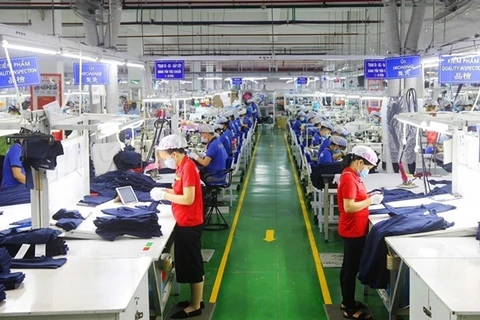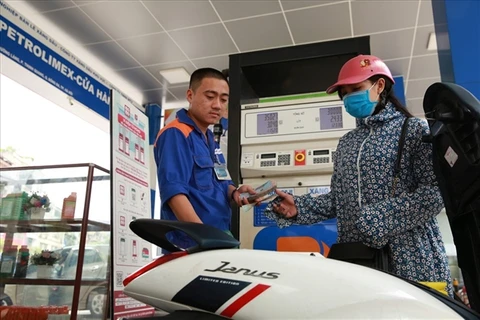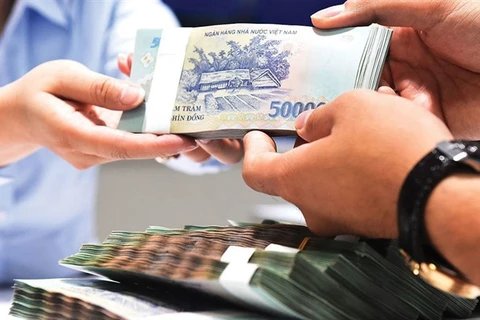 A customer at a Sacombank office. The Government has assigned the SBV to coordinate with relevant agencies in urgently finalising the draft resolution on extending Resolution 42/2017/QH14 to submit to the National Assembly. (Photo: cafef.vn)
A customer at a Sacombank office. The Government has assigned the SBV to coordinate with relevant agencies in urgently finalising the draft resolution on extending Resolution 42/2017/QH14 to submit to the National Assembly. (Photo: cafef.vn) Under a decision issued late last week, the Government has assigned the SBV to coordinate with relevant agencies in urgently mapping out the draft resolution on extending the application of Resolution 42 to submit to the National Assembly (NA).
The NA approved Resolution 42/2017/QH14 on piloting the bad debt settlement of credit institutions in 2017, however, the policy will expire on August 15 this year.
The SBV has so far also completed the draft resolution and made it public for comments. Under the draft, the SBV has proposed extending the application of Resolution 42 until August 15, 2025. During the extension, the Government will be responsible for studying and proposing to develop a new law on bad debt settlement of credit institutions.
To meet the current legal regulations related to procedures and deadlines, the Government will propose the NA allow the application of the shortened procedures to pass the extended resolution at the NA’s meeting in May 2022, according to the draft.
According to the SBV, after five years of implementing the resolution, the bad debt settlement of credit institutions has achieved positive results.
Accordingly, from August 15, 2017 to November 30, 2021, 373.3 trillion VND of bad debt was recovered according to Resolution 42. On average, some 5.66 trillion VND of bad debts were handled monthly during the application of Resolution 42, against about 2.14 trillion VND previously.
However, the outbreak of the COVID-19 pandemic has negatively affected the credit quality of the credit institution system. Bad debts have been increasing since 2020 and reached more than 2 per cent by the end of November 2021. Many have warned bad debt will continue to rise again due to the pandemic’s impacts.
The SBV, therefore, has proposed legislating the policies specified in Resolution 42 into a new law to continually enable the banking industry to settle bad debts of credit institutions. The issuance of a new law on bad debt handling will help credit institutions maintain and accelerate the handling of bad debts to avoid potential risks for the economy./.
VNA
























